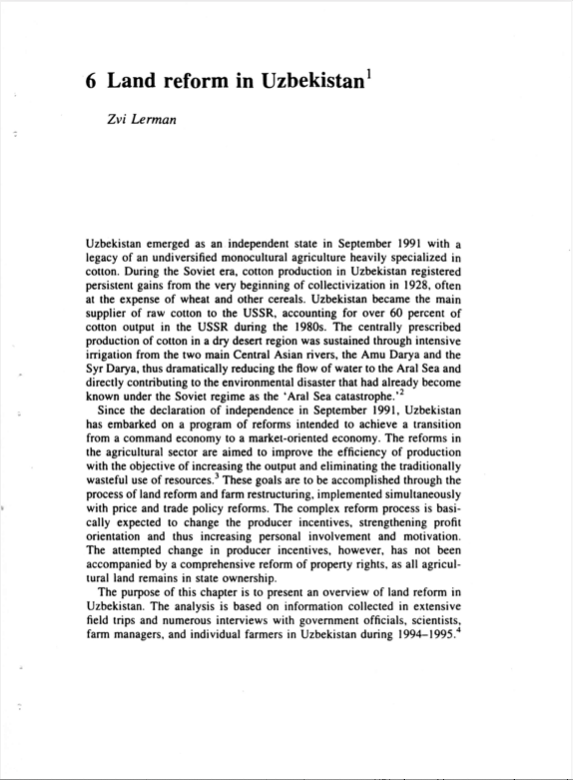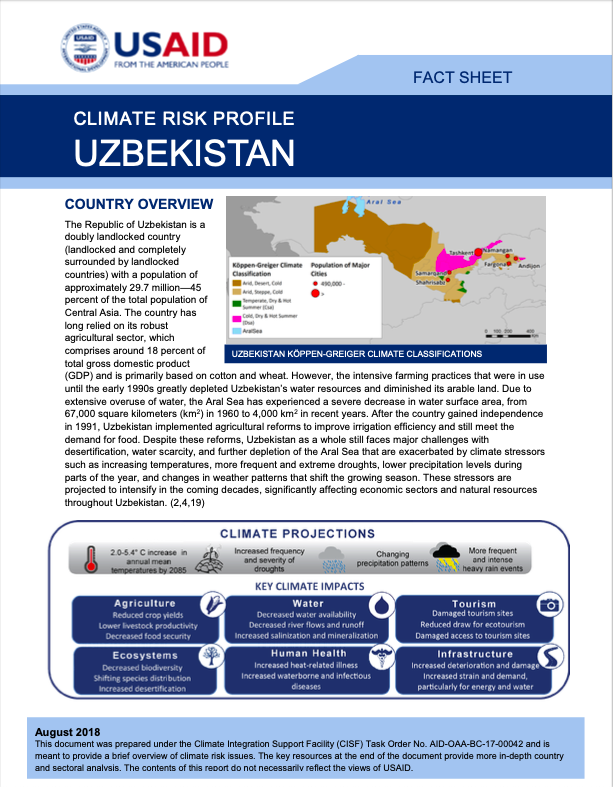On the move : mobility, land use and livelihood practices on the Central Plateau in Burkina Faso
Chapter 2 situates the scene by presenting the historical background to the research area. First, a brief outline of the research village's history is provided. The main part of the chapter is devoted to the elaboration of case material relating to a number of conflicts over land, along the border between the kingdom of Ratenga and the kombere of Piugtenga and in which the village of Ziinoogo has been involved.
Land evaluation and farming systems analysis for Land Use Planning.
Wettelijke normen ten aanzien van bodem en gewas in relatie tot de KringloopWijze
Om landbouwkundige en milieukundige prestaties van bedrijven te beoordelen, kan het nuttig zijn om prestaties te spiegelen aan normen. Eén van de normen die hiervoor gebruikt kan worden, zijn de normen (opbrengsten, afvoeren, bodemoverschotten, benuttingen) die behoren bij een bedrijf dat de wettelijke toegestane (kunst)mestgiften (‘gebruiksnormen’) maximaal opvult. Dit type normen kan modelmatig geschat worden. Een voorbeeld van een daarvoor geschikt model is het WOD-model.
External finance for rural development
This country case study summarises key findings from a country analysis of financing for rural development in Uzbekistan. It is one of 20 analyses that is synthesised for comparison in Prizzon et al. (2020).
The case study has two main objectives:
• to map demand from the Government of Uzbekistan over the next five to 10 years for external development assistance to support public investment in inclusive and sustainable rural development
Land Reform in Uzbekistan
FIRST PARAGRAPH OF CHAPTER: Uzbekistan emerged as an independent state in September l99l with a legacy of an undiversified monocultural agriculture heavily specialized in cotton. During the Soviet era, cotton production in Uzbekistan registered persistent gains from the very beginning of collectivization in 1928, often at the expense of wheat and other cereals.
Agricultural Development in Uzbekistan: The Effect of Ongoing Reforms
Agricultural transition in Uzbekistan, as in all CIS countries, is driven by a process of land reform, which involves redistribution of land among producers and concomitant changes in farm structure. In this article we review the process of land reform since Uzbekistan’s independence and examine its impacts on agricultural growth and rural family incomes. The analysis is based on official statistics and data from a farm-level survey carried out in 2007.
Climate Risk Profile Uzbekistan
This profile provides an overview of climate risk issues in Uzbekistan, including how climate change will potentially impact five key sectors in the country: agriculture, water, tourism, ecosystems, human health, and infrastructure. The brief also includes an overview of historical and future climate trends in Uzbekistan, the policy context outlining existing climate risk strategies and plans developed by Uzbekistan, and a list of ongoing projects that focus on climate adaptation.
Farm Restructuring in Uzbekistan: How Did It Go and What is Next?
In January 2019, Uzbekistan started a new farm restructuring1. It is said to seek to optimize the use of farmland by increasing the size of farms producing wheat and cotton, reallocating land to more efficient farmers and even clusters, and improving crop rotation options. This is not the first time that this kind of farm restructuring in Uzbekistan takes place. The country has gone through several waves of farm restructuring and land reallocations. Both these processes were administratively managed, with little reference to market or income generation opportunities.
Role of innovation in meeting food security challenges
Global food production must ramp up in the face of enormous challenges. We are all familiar with many of the key metrics surrounding the central food security challenge: By the year 2050, the earth’s population is expected to soar from the current 7bn about 9.6bn. It is estimated that in the next 40 to 50 years, we will need to produce as much food as was necessary in the previous 10,000.
Down on the farm: Wall street: America's new farmer
The first years of the twenty-first century will be remembered for a global land rush of nearly unprecedented scale. An estimated 500 million acres, an area eight times the size of Britain, was reported bought or leased across the developing world between 2000 and 2011, often at the expense of local food security and land rights. When the price of food spiked in 2008, pushing the number of hungry people in the world to over one billion, the interest of investors spiked as well, and within a year foreign land deals in the developing
Agriculture, resource management and institutions : A socioeconomic analysis of households in Tigray, Ethiopia
Empirical investigation of the impact of institutional and socioeconomic factors on agricultural productivity and natural resource conditions is important for an informed evaluation of current policies, and to identify areas for future improvements. In this line, the current study addresses three topics of relevance to the process of agricultural intensification and natural resource management in the context of the less-favoured Highlands of Tigray, Ethiopia.






